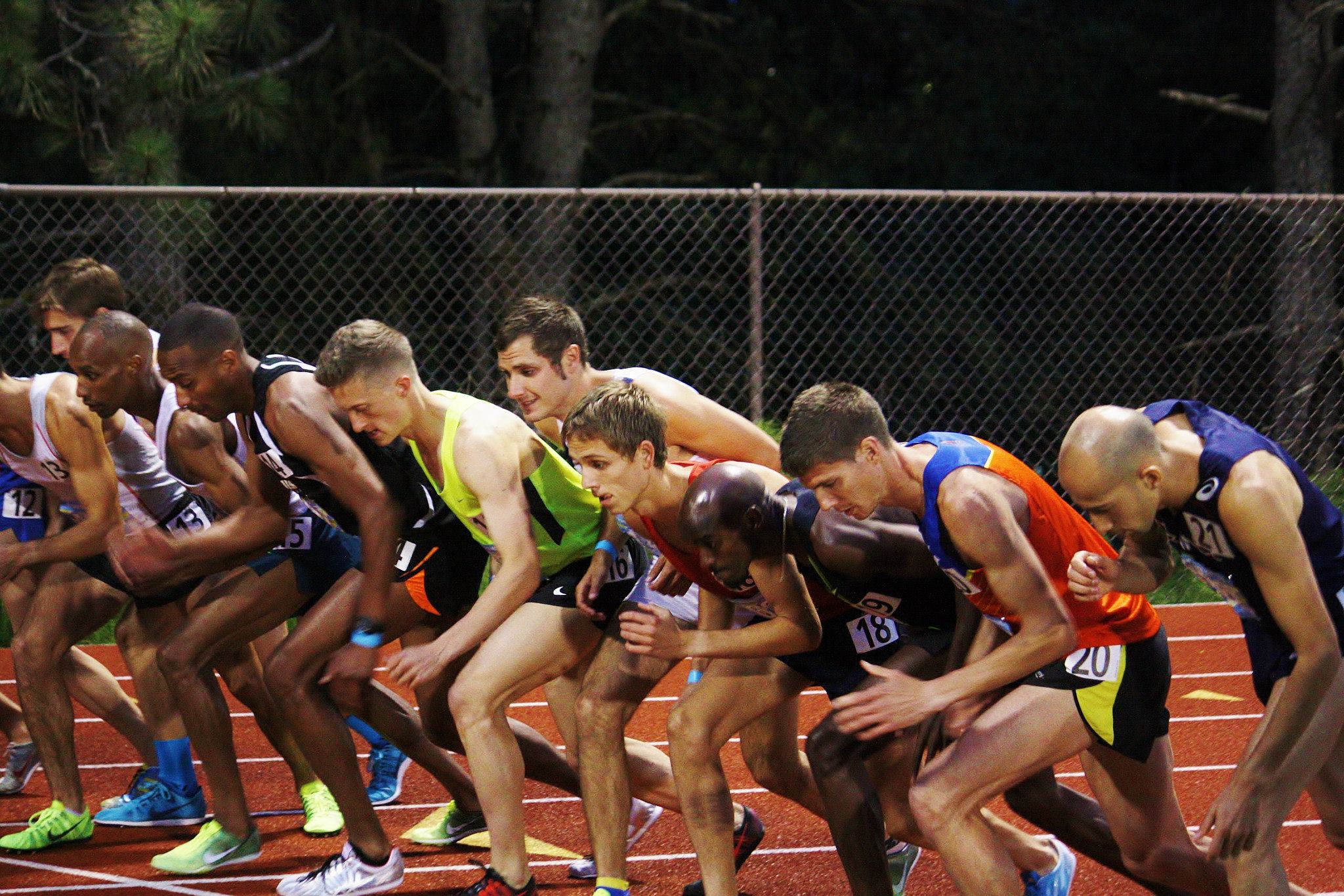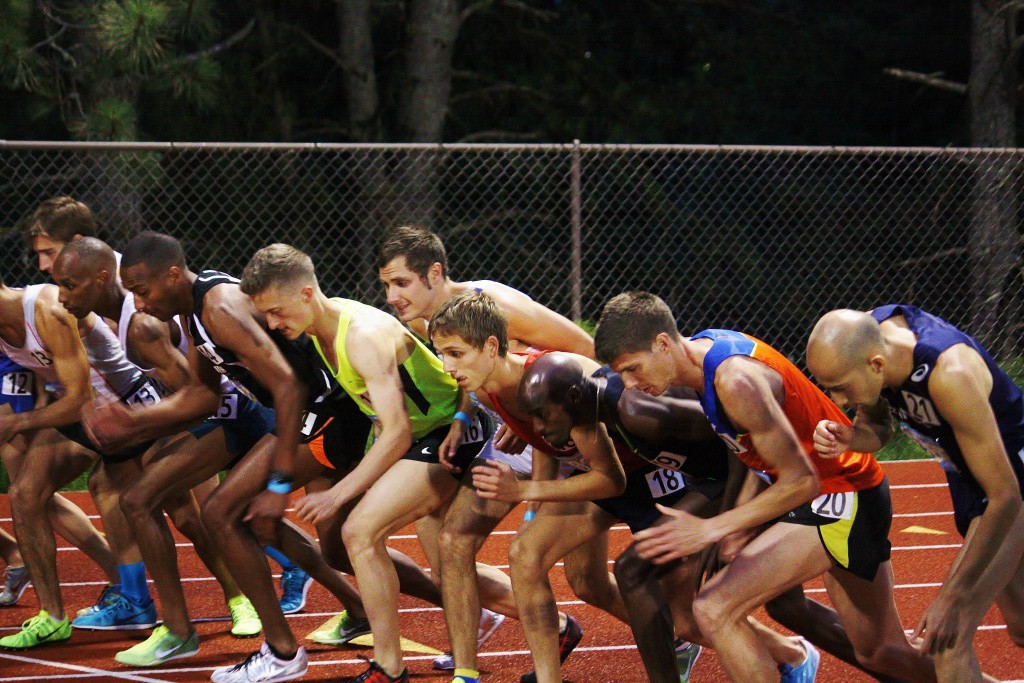Weekly Workout: Classic mile repeats can reap rewards for every race distance
This is a classic workout and for good reason. Mile repeats can help runners assess fitness regardless of the distance of their goal race.


There are few workouts that can truly be considered a “classic” but mile repeats definitely fit the bill.
There’s nothing quite like the nostalgia of doing a workout you’ve done before — whether it was a few weeks or perhaps a year ago — and seeing how you compare with past versions of yourself.
RELATED: Predict your marathon time with infamous Yasso 800s
RELATED: If (Yasso) 800s can predict your marathon time, can 400s work for the half?
Why do miles matter?
Mile repeats are, have been, and will always be a tried-and-true addition to most training plans for races of every distance. From 5K all the way up to the marathon, 1609 (or about four laps of a track) is an ideal interval length that develops and demonstrates a perfect combination of speed, strength and endurance.
The speed at which the miles are run will depend largely on your past training and your present goals but for many, the distance represents a perfect choice to practice race pace. In doing so, mile repeats improve running economy, lactate threshold and help you become more comfortable running at a hard pace. The number of repeats you run will mostly depend on the race you’re preparing for which will also factor into how much rest to take between.
How to run the workout:
As always, be sure to warm up with 10-15 minutes of easy running including a few strides and drills before you complete the intervals and also cool-down with a further 10-15 minutes afterwards.
Those training for a 5K should aim to complete 3 x 1 mile at goal race pace with a short, 400m break in between. This workout should be done about two weeks prior to your goal race and can help determine if you’re likely to succeed in running your goal time.
For runners preparing for a 10K, aim to complete 4-5 mile repeats run at goal race pace, also with 400m in between. Start with four early in the season and aim to complete five, approximately two-to-three weeks out from race day.
Half and marathon runners can experiment running 5-8 x 1 mile repeats at lactate threshold pace with 800m in between. Start with five or six repeats early in training and progressively build to eight in a single workout. The idea is to run faster than race pace and improve your lactate threshold but an “easier” version of the workout could have you practice running at goal half or marathon pace and taking less rest.


